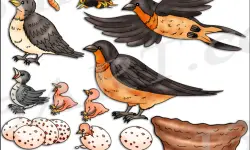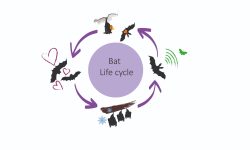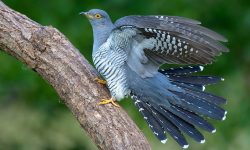Arkansas is often hailed as the “Duck Capital of the World”, and for good reason. With its expansive wetlands, flooded timber, and agricultural fields, the state provides prime habitat for millions of ducks each year. Located along the Mississippi Flyway, Arkansas attracts both dabbling and diving ducks in astonishing variety. Whether you’re a birdwatcher, hunter, or nature enthusiast, knowing the species that frequent this region can greatly enhance your outdoor experience. Let’s explore 15 of the most common duck species you can encounter across the Natural State.
1. Mallard (Anas platyrhynchos)
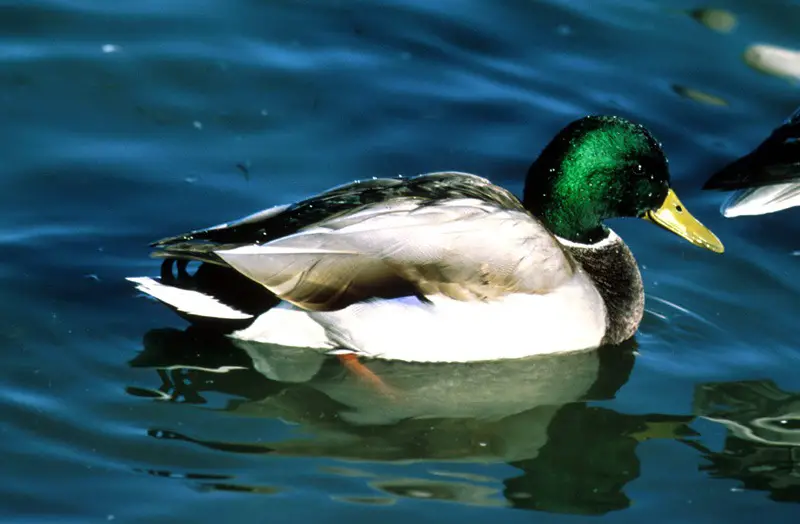
The Iconic Face of American Wetlands
No duck is more instantly recognizable—or more widely admired—than the mallard. A true ambassador of Arkansas wetlands, the male shines with an iridescent emerald-green head, a bright yellow bill, and a crisp white neck ring that gleams in the sunlight. By contrast, the female, cloaked in beautifully patterned brown feathers, blends effortlessly into her surroundings, showcasing nature’s perfect camouflage.
From flooded timber to city ponds, mallards are everywhere—and for good reason. They adapt to almost any wetland environment, whether wild or suburban. Their loud quacks, graceful swimming, and dramatic takeoffs make them a favorite among birdwatchers and hunters alike. In Arkansas, they’re not just the most common duck—you could say they’re part of the landscape itself.
2. Northern Pintail (Anas acuta)
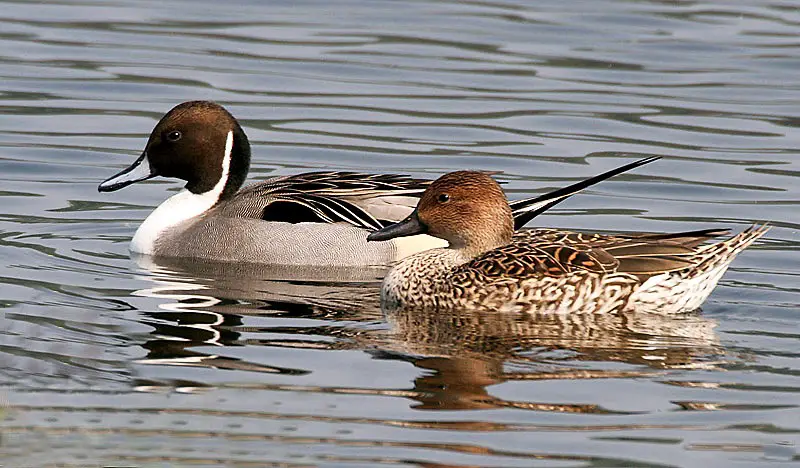
Grace in Flight, Elegance on Water
With their slender necks and refined silhouettes, Northern Pintails are the ballerinas of the Arkansas wetlands. Males are especially striking—sporting a rich chocolate-brown head, a white breast that flows into a long, elegant neck, and a sleek pair of central tail feathers that trail behind like a ribbon in the wind. Females, more subtly patterned in soft browns and grays, add to the species’ quiet grace.
These sophisticated migrants arrive in Arkansas during the cool months, gliding into shallow marshes and flooded rice fields like feathered royalty. Their swift, streamlined flight and soft, whistling calls mark their arrival each winter. Though delicate in appearance, pintails are hardy travelers—some journeying thousands of miles to reach their seasonal homes in the Natural State.
3. Gadwall (Mareca strepera)
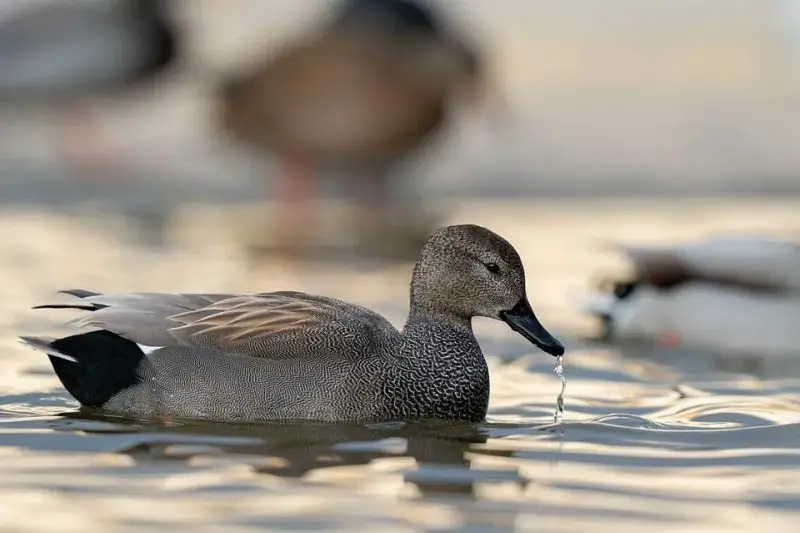
Subtle Beauty, Stealthy Presence
At first glance, the Gadwall may seem plain—but don’t be fooled. This duck’s charm lies in its quiet sophistication. Males wear a refined suit of gray, brown, and black, with intricate feather patterns that reward a closer look. In flight, they reveal a surprise: a bold white wing patch that flashes like a hidden signature. Females are elegantly mottled and often mistaken for female mallards, though a sharp eye will spot the difference.
Common across Arkansas, Gadwalls thrive in flooded timber, backwater sloughs, and quiet marshes. They’re plant lovers, delicately tipping forward to graze on submerged vegetation. Often silent and unassuming, Gadwalls are the shadowy figures slipping through the reeds—steady, reliable, and admired by hunters for both their numbers and their table quality.
4. American Wigeon (Mareca americana)
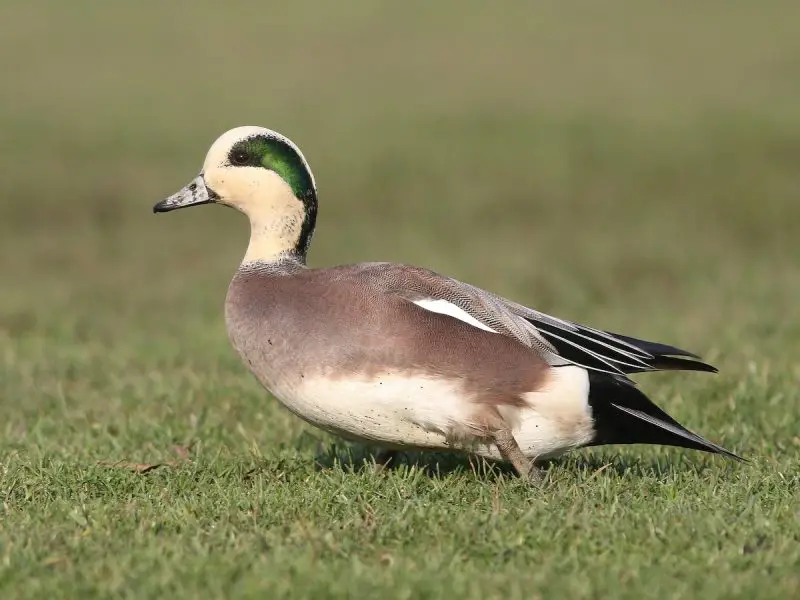
The Whistler of the Wetlands
The American Wigeon brings both color and character to Arkansas’s winter marshes. Males are unmistakable—crowned with a gleaming white forehead and streaked with an emerald-green eye stripe, they shine like polished gems in the morning light. Their high-pitched whistles echo across quiet wetlands, earning them the nickname “baldpate” and making them one of the most vocal ducks in the region.
Unlike many dabbling ducks, wigeons often graze like geese, nibbling grasses and aquatic plants in wet meadows and shallow marshes. Flocks gather in eastern Arkansas during the cooler months, where their constant chatter and lively energy bring life to winter’s still waters. Whether seen gliding over flooded fields or heard whistling overhead, the wigeon adds a lively spark to the state’s seasonal birdlife.
5. Wood Duck (Aix sponsa)
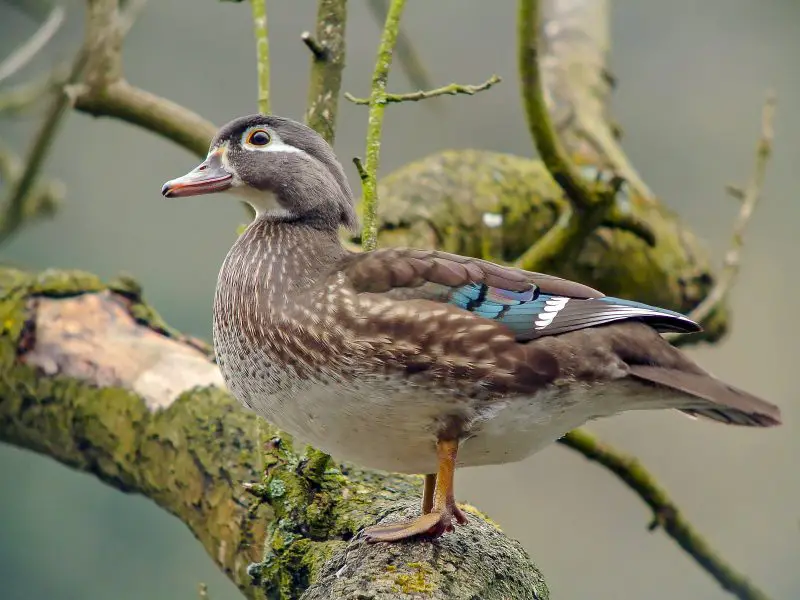
The Gem of Southern Swamps
Few birds turn heads like the dazzling Wood Duck. Often called the most beautiful duck in North America, the male is a living work of art—his iridescent green crest, ruby-red eyes, chestnut chest, and bold white markings shimmer like stained glass in the sunlight. The female, more subtle in tone, is equally elegant, with soft gray-brown plumage and a signature teardrop-shaped white eye ring that gives her a graceful, alert expression.
Wood Ducks are perfectly at home in Arkansas’s forested swamps, cypress bayous, and shaded oxbows. Unlike most ducks, they nest in tree cavities, sometimes high above the water. In spring, you might even witness their fuzzy ducklings leaping bravely from the nest to the forest floor below—a heart-pounding start to life. Many Wood Ducks stay in Arkansas year-round, making them a beloved and iconic part of the local landscape.
6. Blue-winged Teal (Spatula discors)
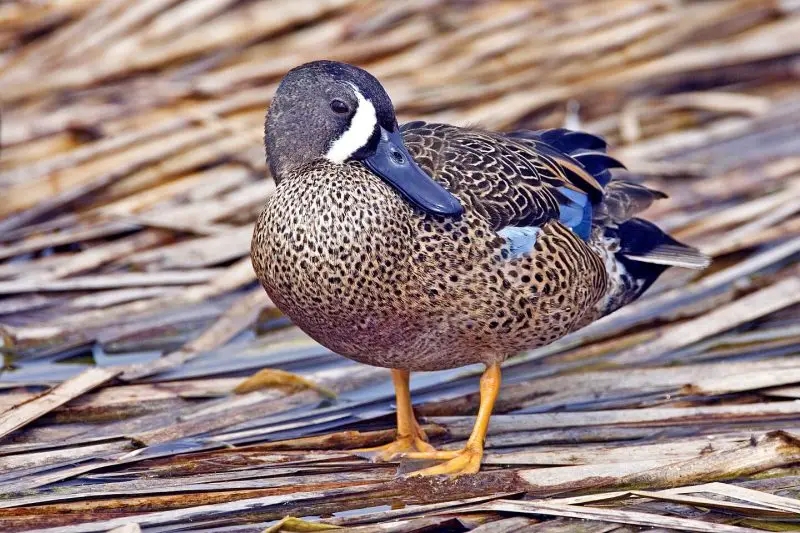
Swift Travelers of the Seasons
The Blue-winged Teal is a lightweight flier with a restless spirit. These petite, quick-winged ducks are some of the first to arrive in Arkansas during spring and the first to leave when fall’s chill sets in. Their migration patterns are among the earliest and longest, with some traveling as far as South America.
Males are easy to spot with their powder-blue shoulder patches flashing in flight and a crisp white crescent slicing across their dark faces. Females are more subdued in appearance, blending into marsh grasses with their mottled brown tones. Blue-winged Teals favor shallow waters—flooded fields, ephemeral ponds, and seasonal marshes—where they feed on seeds and aquatic invertebrates. Their speed, unpredictability, and early arrival make them a favorite among birders and waterfowl hunters alike.
7. Green-winged Teal (Anas crecca)
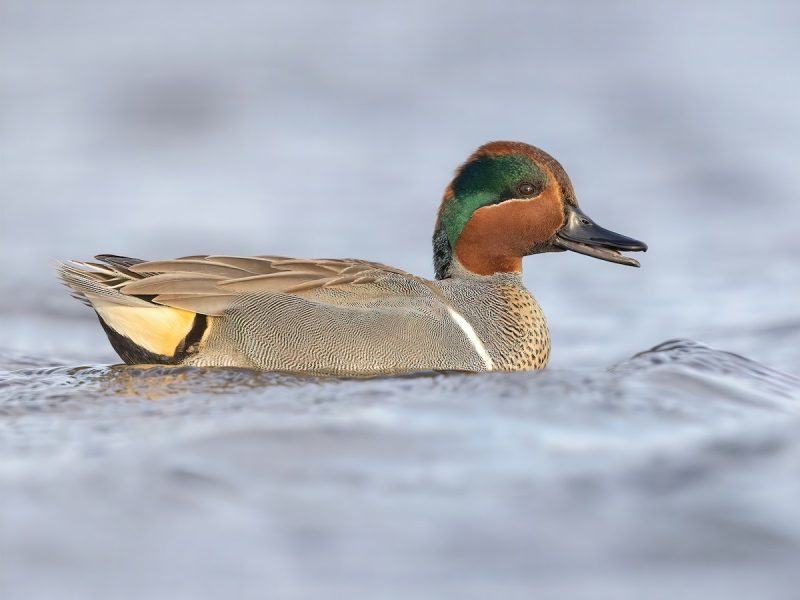
Tiny Dynamos of the Winter Marsh
Don’t let their size fool you—the Green-winged Teal is small but mighty. As the smallest dabbling duck in North America, it brings outsized energy and vibrant color to Arkansas’s wetlands each winter. Males sport a striking chestnut head sliced by a gleaming emerald-green stripe that sweeps from eye to nape, while their compact bodies flash bright green wing patches in flight. Females are more subtly dressed, but just as quick and agile.
These little ducks love company. In winter, they gather in large, chattering flocks across flooded rice fields, backwater sloughs, and shallow marshes. Their fast, darting flight and constant motion make them both a challenge for hunters and a delight for watchers. Despite their diminutive build, Green-winged Teals are hardy travelers and among the most abundant wintering ducks in Arkansas’s Delta region.
8. Northern Shoveler (Spatula clypeata)
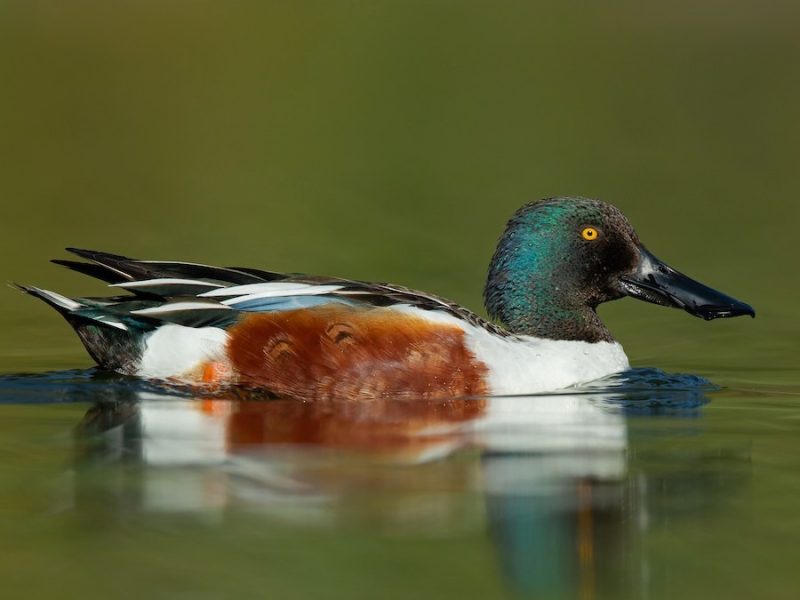
The Wetland Sifter with a Spoon for a Bill
The Northern Shoveler is unmistakable—thanks to its oversized, spoon-shaped bill, perfectly adapted for skimming the surface of shallow water. Like nature’s living colander, this duck filters seeds, aquatic insects, and tiny crustaceans with every swipe of its broad, flattened beak. It’s a marvel of evolution in action.
Males are bold in color, with gleaming green heads, blazing yellow eyes, snowy white chests, and rich chestnut flanks. Females, while more subtly patterned in mottled browns, sport the same signature spatula bill. In Arkansas, shovelers are a common sight in flooded rice fields, seasonal wetlands, and shallow marshes, especially during migration and winter.
Their odd appearance is balanced by elegant flight and efficient foraging—often seen spinning in small groups, stirring up food with synchronized motion. Among dabbling ducks, shovelers are in a class of their own.
9. Canvasback (Aythya valisineria)
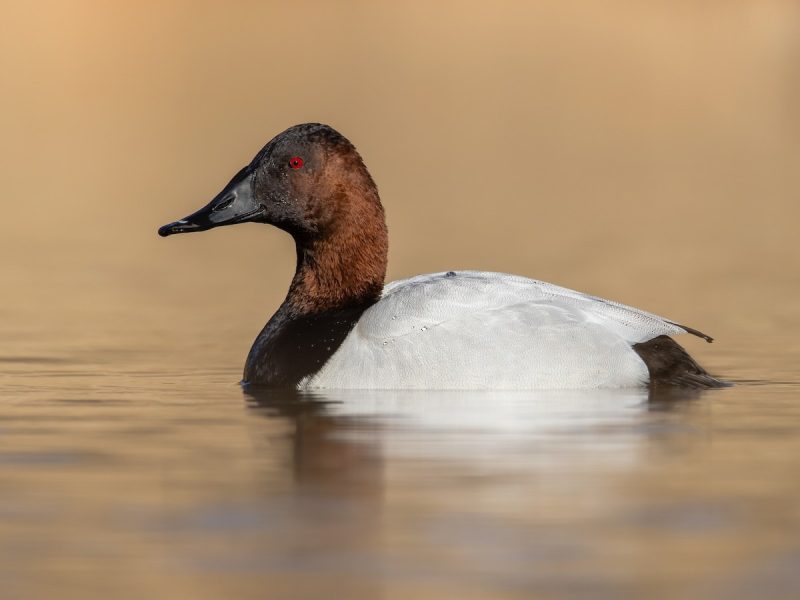
The Aristocrat of Diving Ducks
Regal in profile and powerful in motion, the Canvasback is often called the “King of Ducks”—and for good reason. With its long, sloping forehead, striking crimson eyes, and sleek silhouette, the male Canvasback is a head-turner. His chestnut-red head fades into a black chest and clean white back, creating a look as refined as it is distinctive. The female, dressed in soft grays and warm browns, is more modest but equally elegant.
Unlike dabblers, Canvasbacks are true divers—built for plunging beneath the surface of deep lakes and rivers to feed on submerged plants, especially wild celery, a favorite delicacy that once inspired their scientific name. In Arkansas, they’re seen mostly during migration and winter, gliding across large open waters like graceful ships. With strong wingbeats and a streamlined build, the Canvasback combines beauty and athleticism in perfect harmony.
10. Redhead (Aythya americana)
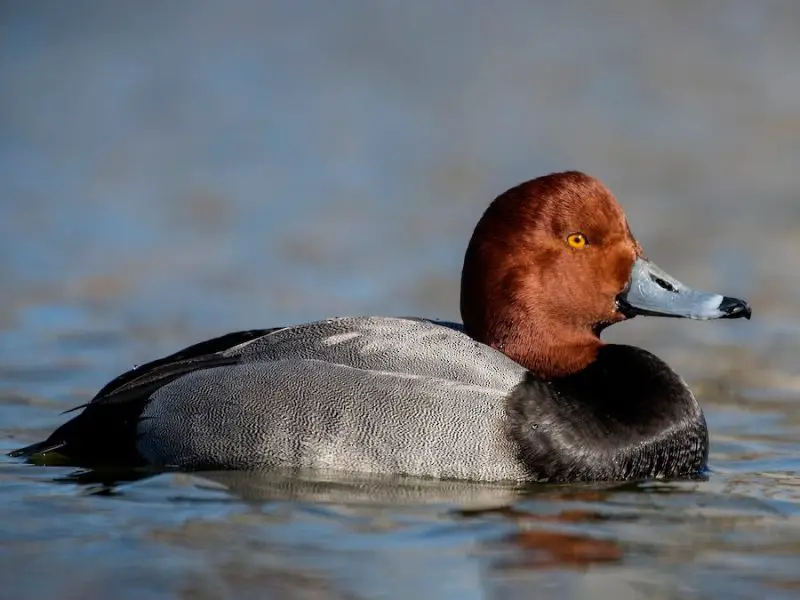
Fiery Plumage, Friendly Flocks
With their rich, coppery-red heads and powder-blue bills, Redheads bring a bold splash of color to Arkansas’s winter wetlands. While they may resemble their close cousins the Canvasbacks, Redheads are instantly recognizable by their rounder heads, shorter bills, and overall stockier build. The males shine with warm chestnut heads, black chests, and soft gray bodies, while females wear elegant shades of brown with subtle facial markings.
Redheads are among the most sociable of the diving ducks. They often gather in large rafts on open lakes, reservoirs, and slow-moving rivers, mixing freely with other diving species. In central Arkansas, they’re a regular winter presence, where their bright plumage and relaxed nature make them favorites among birdwatchers. Whether tipping into the water for aquatic plants or loafing on quiet coves, Redheads add color and charisma to the cold-season waterscape.
11. Ring-necked Duck (Aythya collaris)
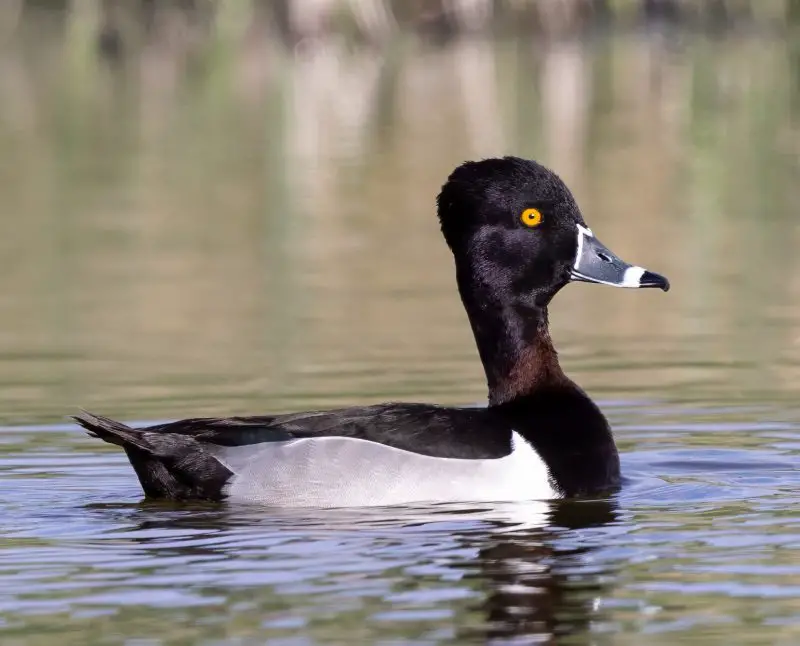
A Misnamed Marvel with a Bold Look
The name might mislead you—because spotting the faint chestnut ring around this duck’s neck is nearly impossible in the field. Instead, birders rely on its more striking features: a bold white ring around a slate-gray bill, crisp black back, and peaked head shape that gives it a rugged, alert appearance. Females are more subdued, with warm brown plumage and a similar facial pattern.
Ring-necked Ducks are versatile divers, foraging beneath the surface for aquatic plants and invertebrates. In Arkansas, they frequent small lakes, beaver ponds, and flooded timber, often in scattered groups. Their compact build and sharp plumage make them a standout among diving ducks, even if their name remains puzzling.
12. Bufflehead (Bucephala albeola)
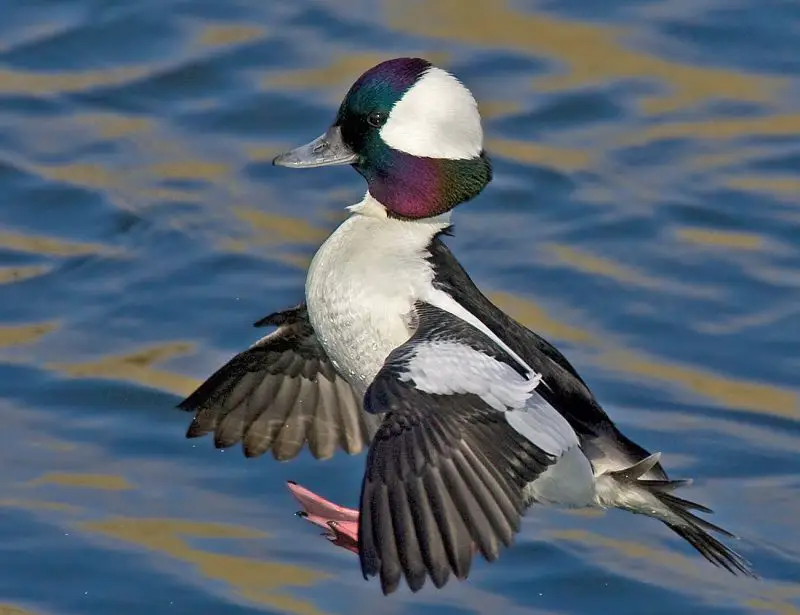
Tiny Acrobat of the Open Water
Buffleheads may be the smallest diving ducks in North America, but they make a big impression. Males are decked out in brilliant white and iridescent green and purple, with large, puffy heads that seem oversized for their compact bodies. Females are equally charming, dressed in soft gray and black with a distinctive white cheek patch.
These energetic little ducks are constant motion machines—diving, resurfacing, and zipping across the water like feathered torpedoes. In Arkansas, they appear during winter on deeper lakes and slow-moving rivers, where their tiny size and rapid movements set them apart. Whether seen as a glimmer on cold water or flashing past in flight, the Bufflehead is small, spectacular, and unforgettable.
13. Lesser Scaup (Aythya affinis)
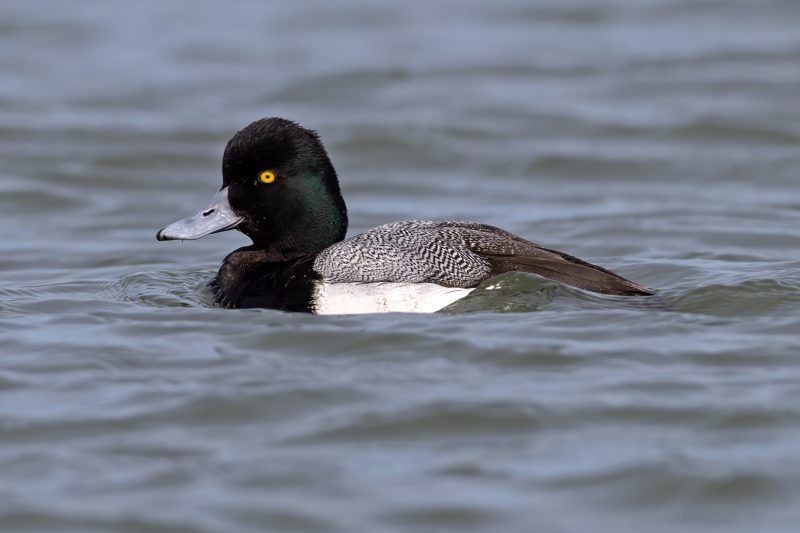
Bluebills on the Winter Wind
Known affectionately as “bluebills,” Lesser Scaups are among the most widespread diving ducks in North America—and a familiar sight across Arkansas during the colder months. Males are sleek and sharply contrasted, with dark heads that flash purple or green in the sunlight, silvery-gray backs, and unmistakable blue bills. Females are rich brown with a soft white patch at the base of the bill, giving them a gentle expression.
These ducks love company. They gather in massive floating rafts on large lakes, reservoirs, and open water, diving in unison and bobbing in rhythm with the waves. In late fall and throughout winter, Arkansas’s deeper lakes and big waters host impressive flocks of scaup, making them a highlight for birders and duck hunters alike.
14. Ruddy Duck (Oxyura jamaicensis)
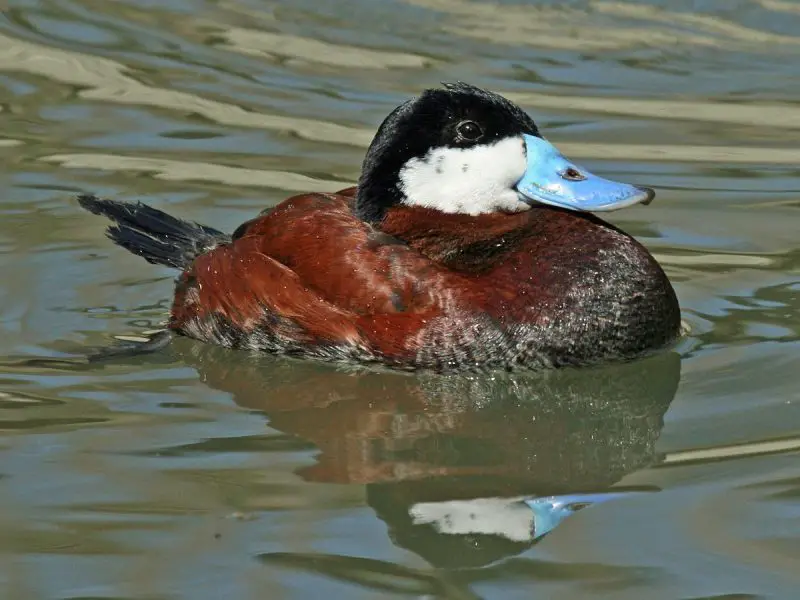
The Comical Charm of the Marsh
Small, stout, and endlessly entertaining, the Ruddy Duck is a unique resident of Arkansas’s ponds and marshes. During breeding season, the male wears a costume unlike any other: rich chestnut body, gleaming white cheeks, and a brilliant sky-blue bill. Even in winter, when their colors fade to gray and brown, their distinctive stiff tails—often cocked upright—make them easy to identify.
Ruddies are excellent divers, using quick plunges to search for aquatic insects and vegetation. They prefer quieter waters and can be shy, but their quirky appearance and tail-up posture always draw smiles. These pint-sized powerhouses bring energy and attitude to the smallest of wetlands.
15. Mottled Duck (Anas fulvigula)
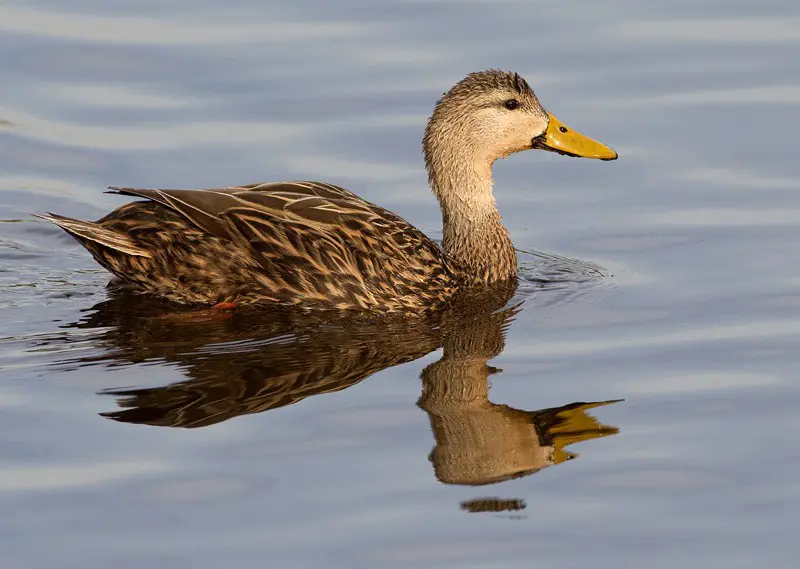
A Southern Rarity with Mallard Looks
Though rarely seen in Arkansas, the Mottled Duck occasionally appears in the southern reaches of the state, offering a special treat for sharp-eyed birders. At first glance, it resembles a female Mallard, but look closer: the Mottled Duck has a warm, buff-colored face, a clean dark crown, and lacks the bold white wing stripes that define its more common cousin. Males and females are similarly plumaged, with the male’s bright yellow bill providing one of the best clues for identification.
These ducks prefer quiet freshwater marshes, bayous, and coastal wetlands further south, but stragglers sometimes wander northward—especially in late summer and early fall. Their elusive nature and restricted range in Arkansas make them a prized sighting for those exploring the state’s southeastern wetlands.
Conclusion
Arkansas’s diverse water habitats make it a top-tier destination for duck watching and waterfowl hunting. From the colorful Wood Duck to the powerful Canvasback, these 15 species reflect the incredible variety and seasonal drama of bird life across the state. Whether you’re exploring flooded timber in the White River Refuge, scanning the skies above Bayou Meto, or just watching a pond near your backyard, Arkansas offers front-row seats to one of nature’s greatest migrations.
Planning your birding trip in fall or winter? Bring your binoculars, check migration forecasts, and enjoy the quack-filled spectacle only Arkansas can deliver.



